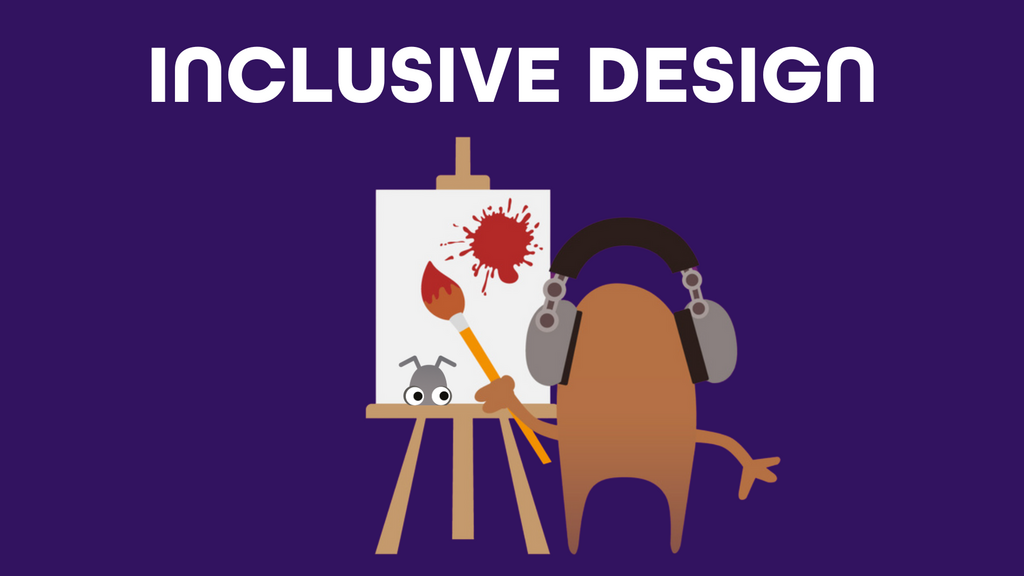Inclusive design is a philosophy with this principle at its heart: if one user or group of users cannot use an application because something about it makes it inaccessible or difficult to use, it is not accessible or usable, period. So we who are members of development teams should always seek to design applications that everyone can use easily.
Accessibility standards and usability guidelines are an important part of inclusive design, but inclusive design requires a broader outlook. We should not rely solely on a given set of standards or practices as the be-all and end-all of making our applications easy to use. We should always go further and anticipate how our applications might fall short of being usable by some people.
How do we do that? A key guideline in inclusive design is to reflect, BEFORE we design or code, on how solving a usability issue for one group of people can make our applications easier to use for everyone. For example, ensuring that there is adequate color and saturation contrast between a screen background and text in the foreground is an important standard in accessibility for people with low vision. But it also helps those who may have no visual disability but who are trying to read a screen in bright sunlight.
Note that “can use an application” means not just being able to read text on a screen and find navigation buttons, for example. It also includes getting intended tasks done in a reasonable amount of time and being satisfied or pleased with the experience. There’s no sense in designing an application that allows most people to complete their tasks when the application bothers them so much with notifications that they eventually abandon it for another.
Accessibility standards and usability guidelines are an important part of inclusive design, but inclusive design requires a broader outlook. We should not rely solely on a given set of standards or practices as the be-all and end-all of making our applications easy to use. We should always go further and anticipate how our applications might fall short of being usable by some people.
How do we do that? A key guideline in inclusive design is to reflect, BEFORE we design or code, on how solving a usability issue for one group of people can make our applications easier to use for everyone. For example, ensuring that there is adequate color and saturation contrast between a screen background and text in the foreground is an important standard in accessibility for people with low vision. But it also helps those who may have no visual disability but who are trying to read a screen in bright sunlight.
Note that “can use an application” means not just being able to read text on a screen and find navigation buttons, for example. It also includes getting intended tasks done in a reasonable amount of time and being satisfied or pleased with the experience. There’s no sense in designing an application that allows most people to complete their tasks when the application bothers them so much with notifications that they eventually abandon it for another.




